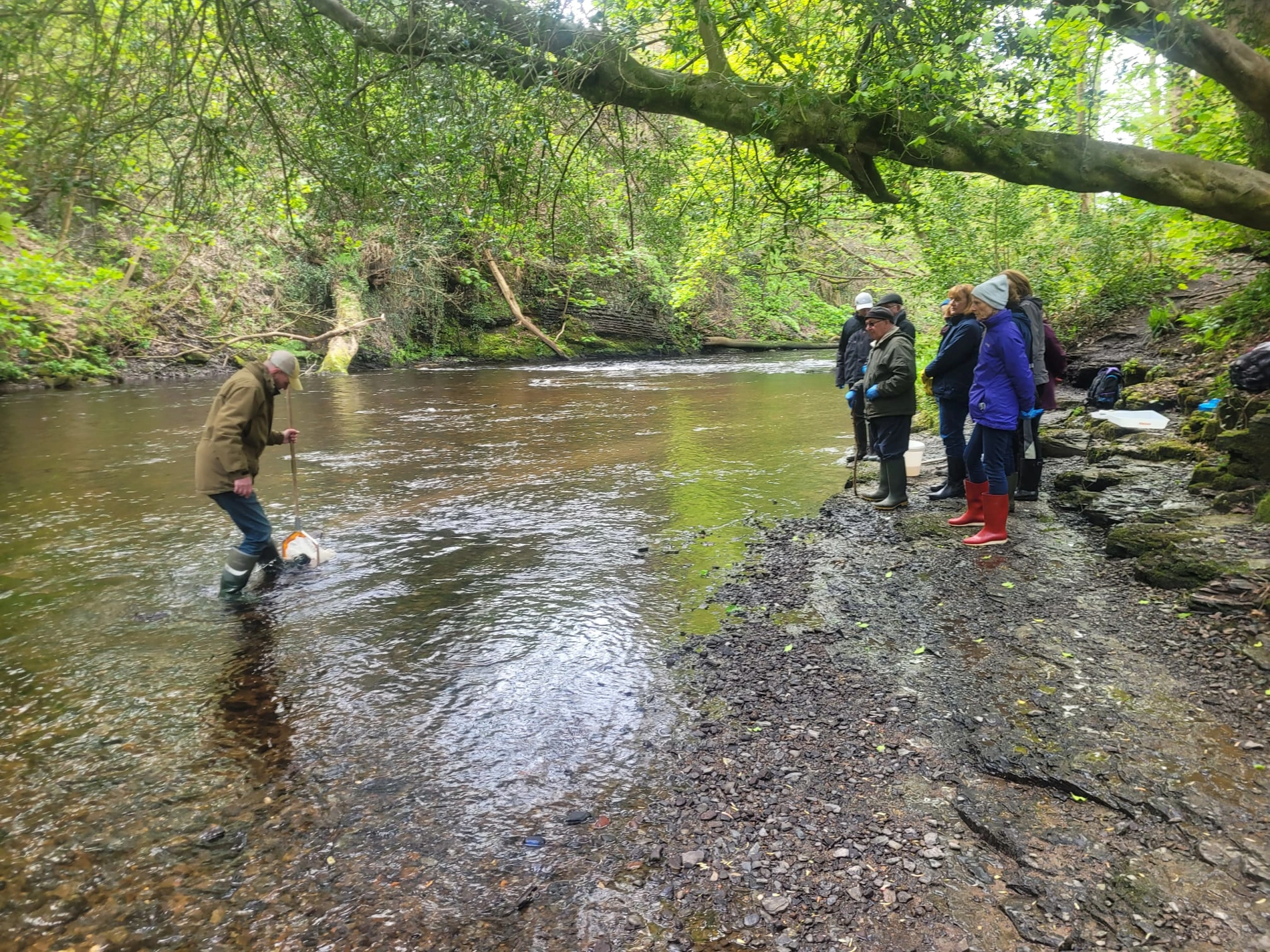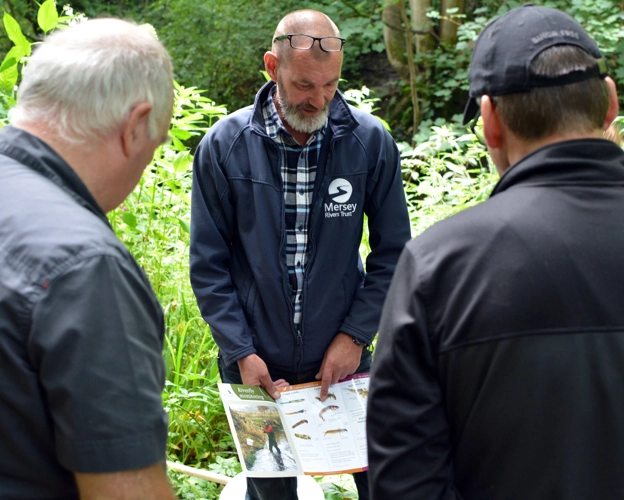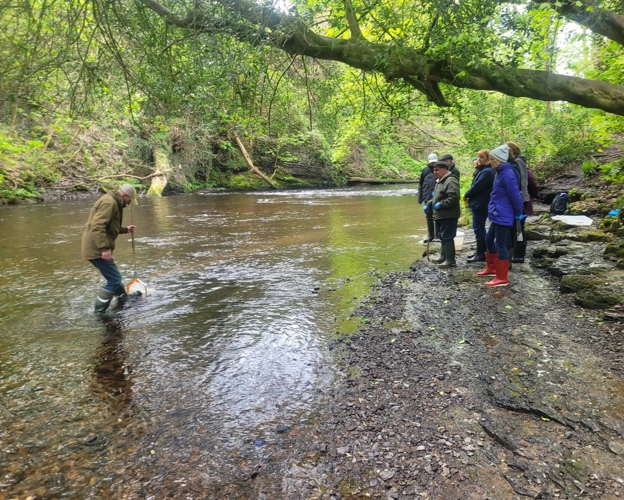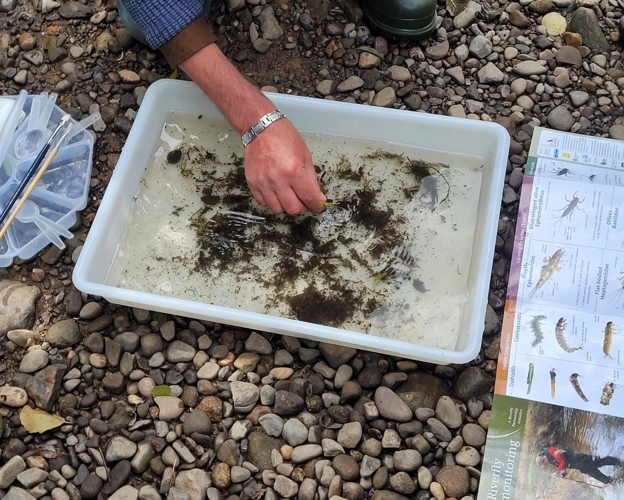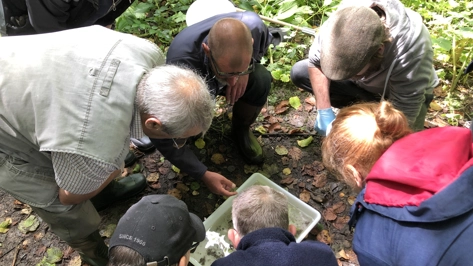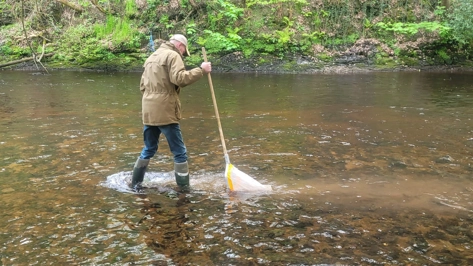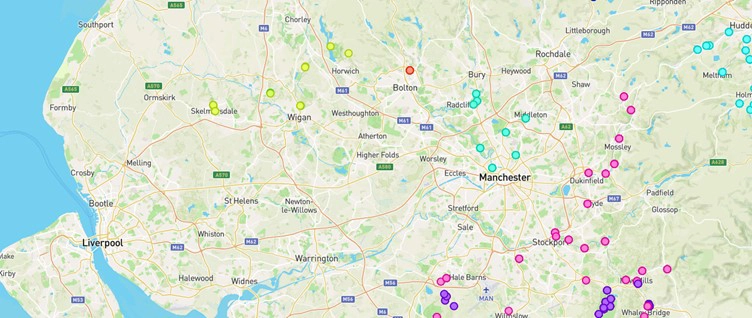Riverfly
Our trained volunteers use their feet to disturb the material on the riverbed, releasing invertebrates, and then collect them using a net. The types and quantities of invertebrates present provide an insight into the health of the river.
Riverflies are invertebrates that spend most of their life cycle in a river, stream, pond or lake. The three key groups are stoneflies, caddisflies and mayflies. Along with other freshwater invertebrates, they are at the heart of the freshwater ecosystem and are a vital link in the aquatic food chain. Their common characteristics of limited mobility, relatively long life cycle, presence throughout the year, and specific tolerances to changes in environmental conditions make them good indicators of water quality.
Our Results
Riverfly data is collected by the national database hosted by the Freshwater Biological Association. We encourage everyone to upload their data onto Cartographer from now on. Doing so allows others to view your data nationally and enables you to see what's happening in real-time.
In terms of Cartographer, we have two options you could use:
- You could use our generic login for Cartographer. Please email in to request the details.
- You can sign up using your user account.
Signing up for Cartographer:
Signing up is simple. Please go to: www.riverflies.org/cartographer
- If you want to receive the Riverfly Partnership monthly newsletter, then check the appropriate box (recommended)
- Important: Please enter ‘Mersey Rivers Trust’ into the box asking if you are part of a Riverfly Monitoring Initiative Group
- It may take up to 1 week to process your account, then you’re in!
- You should receive two emails:
- Once you have an invitation to accept the cartographer account, click the link to complete the account setup. Important note: Please enter your full name when asked for your ‘Screen Name’
- And another email with a link to the ‘guide to submitting results’ (same link as below)
To see your data and the national database, follow the link to the Riverfly Database.
If you have any issues, please use the support for using cartographer provided by the Freshwater Biological Association. Riverfly Guide

